PHOTOREPORT: Volkswagen celebrates 50 years of Golf during ice race in Zell am See
World icon
Since its debut in the 1970s, the Volkswagen Golf has taken the world by storm as an icon in the automotive world. With each of its eight generations, the Golf has adapted to the changing demands of the automotive market while leaving its own unique mark on the history of the auto industry. A fun fact: the Golf is one of the three best-selling models since the car was invented. A total of some 900,000 copies have been sold in the Netherlands alone. In Zell am See, we walk past the various generations. Will you walk with us?
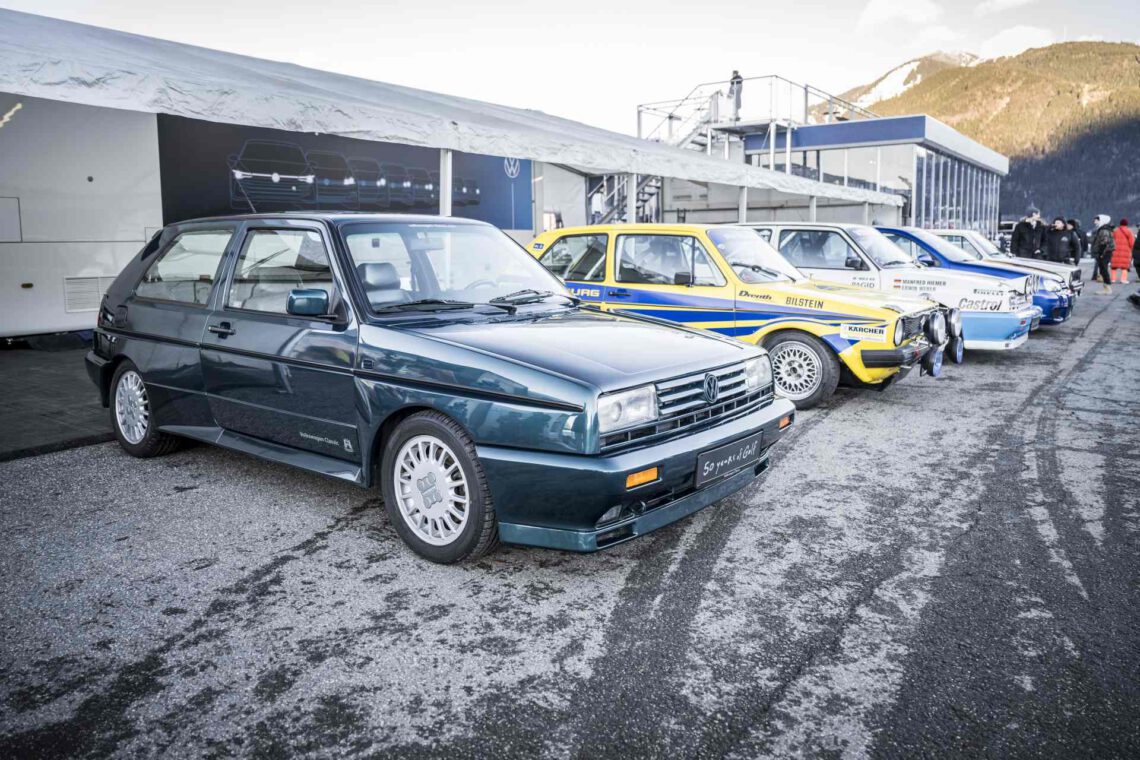
Golf 1: the pioneer (1974-1983)
Italian design master Giorgetto Giugiaro was given the task of shaping the successor to the legendary Beetle in 1970. The renowned designer, who also made his mark on the first Polo, Passat, Jetta and Scirocco, was given a clear assignment when he was appointed: provide at least the same amount of interior space as the beloved Beetle. In March 1974, the Golf 1 rolled into the showroom, sparking a true revolution in the automotive world.
Initially, Giugiaro aimed to give the headlights the same square shape as the taillights. However, this proved too expensive, so the more affordable round ones were eventually chosen. The result was a groundbreaking car that not only offered space, but also paved the way for a new era in automotive design.
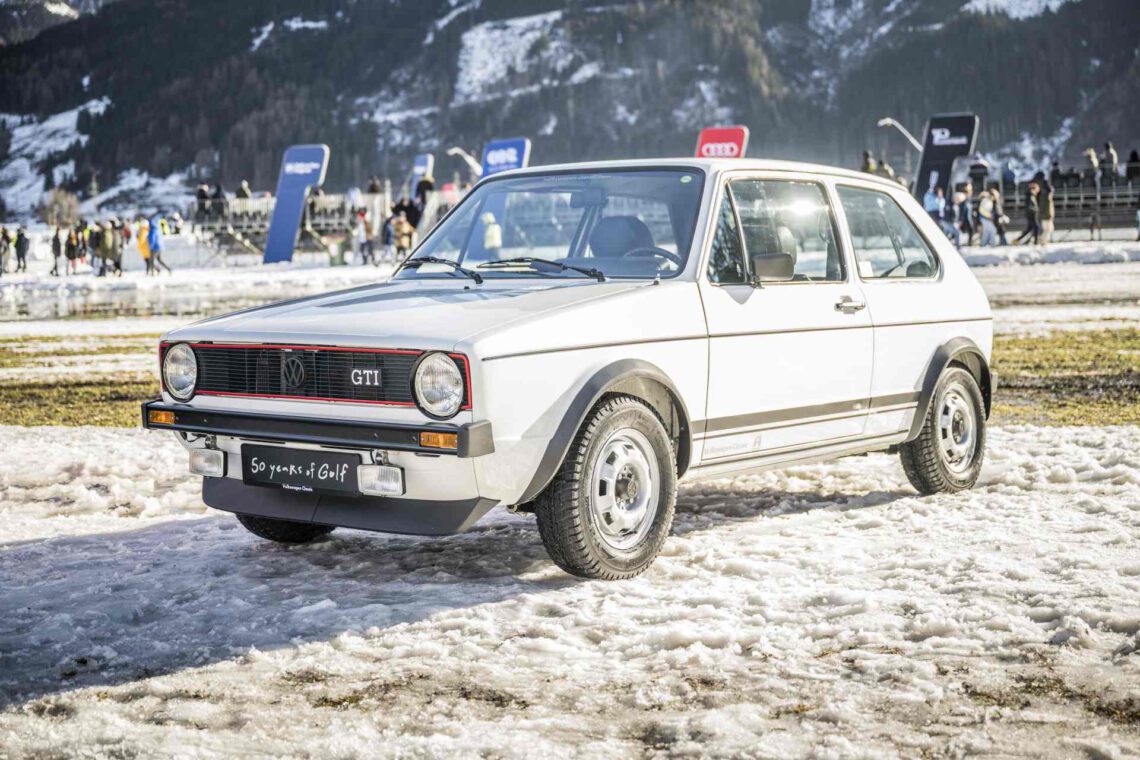
In 1975, Volkswagen made a big statement at the International Motor Show in Frankfurt with the unveiling of the very first Golf GTI. Under the hood roared a powerful four-cylinder with 110 horsepower, which only needed to move 810 kilograms of car. A 0-100 sprint was squeaked within 9 seconds, downright spectacular for a compact family car at the time. Volkswagen was aiming for sales of 5,000 units, but in Germany alone, 22,000 units of the world’s very first hot hatch flew over the counter.
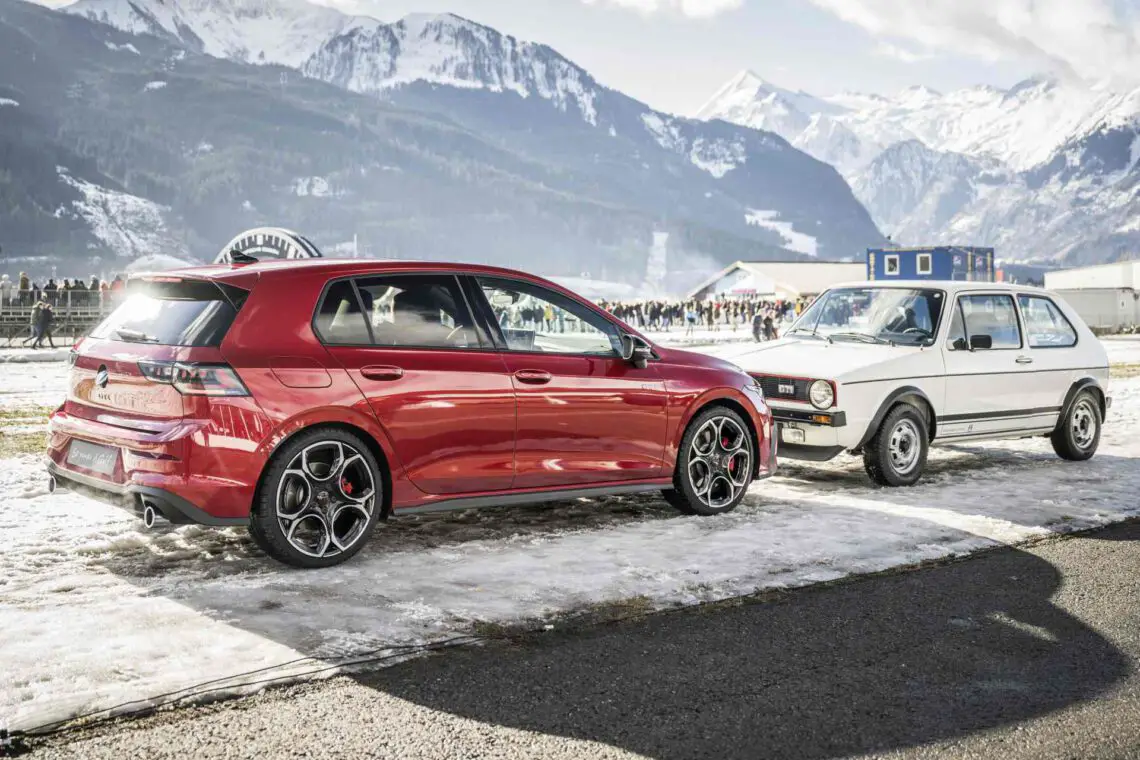
Gulf II: evolution and innovation (1983-1991)
In the early 1980s, Volkswagen launched the Golf II. The design became more streamlined, with rounder shapes that foreshadowed the design trends of the time. The GTI gained more power and the model became widely recognized as a sporty and stylish choice. In addition, ABS and power steering debuted on the Golf, giving the driving experience a leap forward. A total of 6.3 million units of the Golf II left the production line, only about 300,000 fewer than its predecessor.
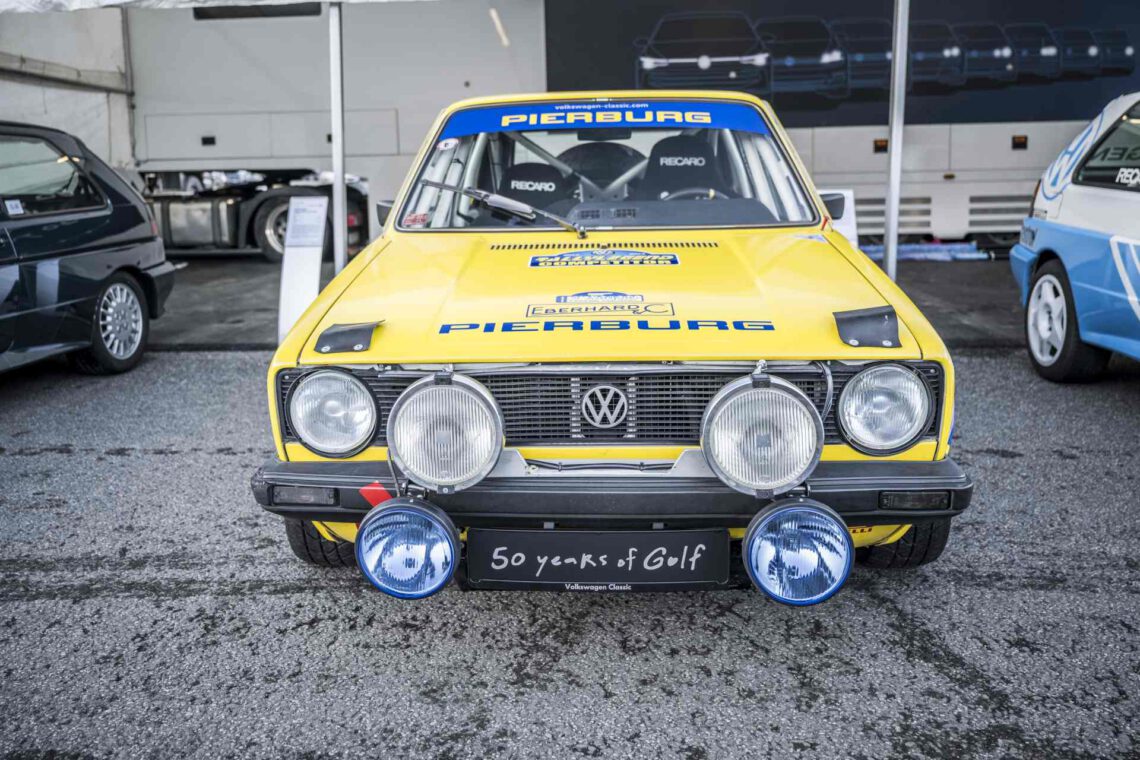

Golf III: safer and more practical (1991-1997)
In 1991, Volkswagen put the third-generation Golf on the scene. The design became even more streamlined and there was extra attention to safety. Airbags were integrated at the front, followed later by side airbags. Speed demons could opt for the powerful Golf VR6, equipped with a compact 2.9-liter six-cylinder that produced 190 horsepower. As icing on the cake, the Germans also introduced the first Golf Variant: an estate car version. In total, Volkswagen rolled 4.8 million units of the Golf III off the production line.
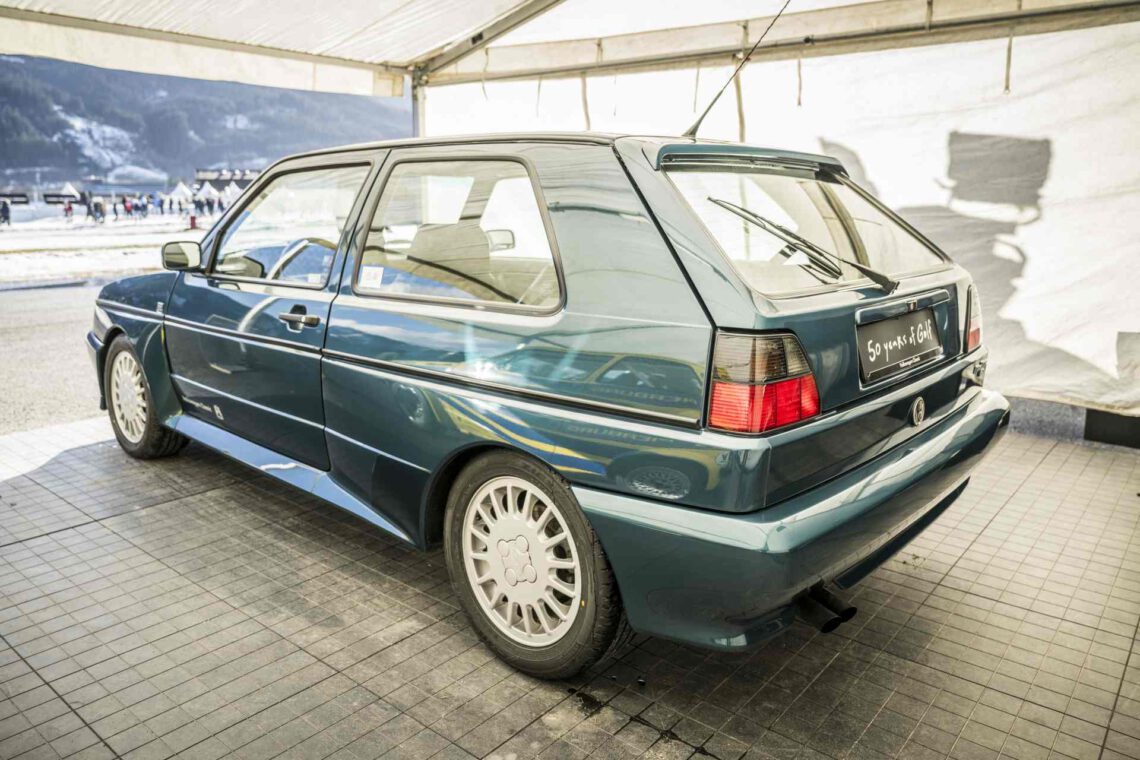
Wave IV: sustainability and efficiency (1997-2003)
Three years before the turn of the millennium, the Golf IV entered the market. Meanwhile, the auto industry was increasingly focusing on sustainability and efficiency. Electric cars were not yet in sight, but environmentally conscious drivers opted for fuel-efficient TDI engines. At the other end of the spectrum shone the legendary Golf IV R32, equipped with a powerful 3.2-liter VR6 engine that was good for 231 horsepower and an impressive top speed of 247 mph. Now, some twenty years later, this car has achieved considerable cult status. For one in top condition with less than 70,000 kilometers on the odometer, you will have to put at least 50,000 euros on the table in 2024. In total, Volkswagen managed to sell as many as 4.9 million units of the Golf IV.
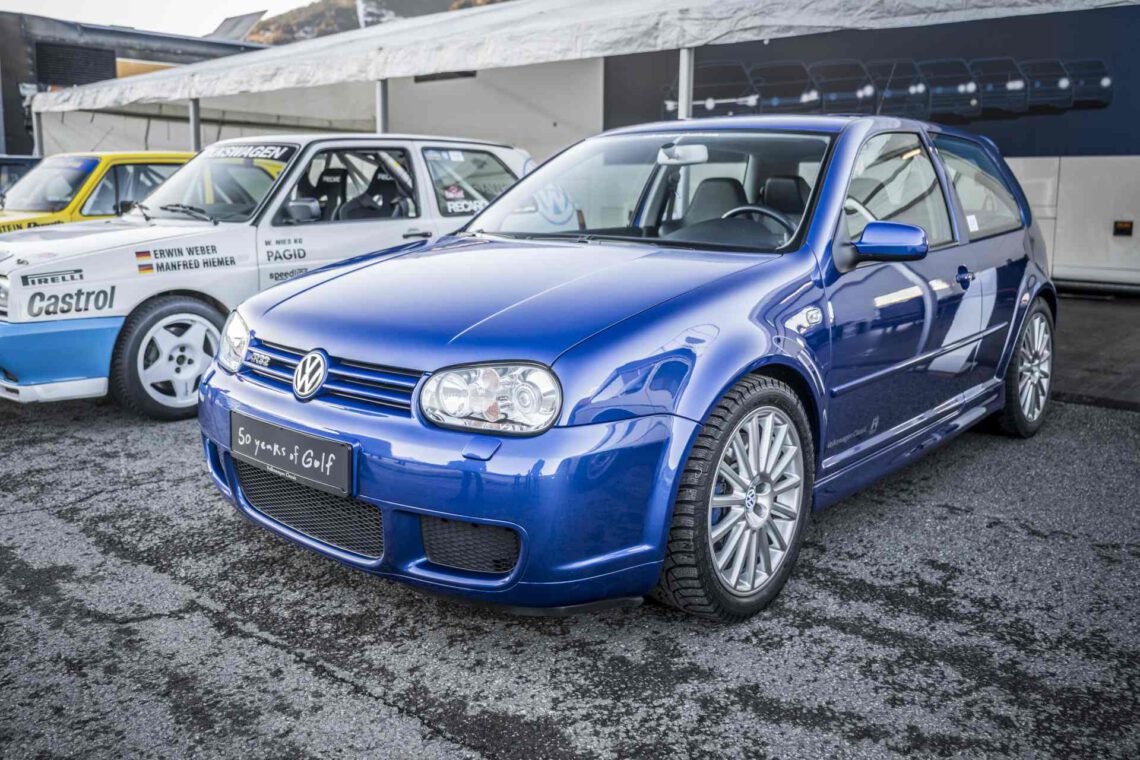
Golf V: more technology (2003-2009)
The fifth generation Golf marked a time of technological advancement. Safety and connectivity were central to the design of this generation. Electronic stability control, advanced airbag systems and modern infotainment options became standard in many Golf models. The introduction of the so-called “Twincharger” technology, combining turbochargers and superchargers, provided impressive power and fuel efficiency. These innovations positioned the Golf as a modern, technologically advanced car that was ready for the challenges of the 21st century. Production number: 3.4 million copies.
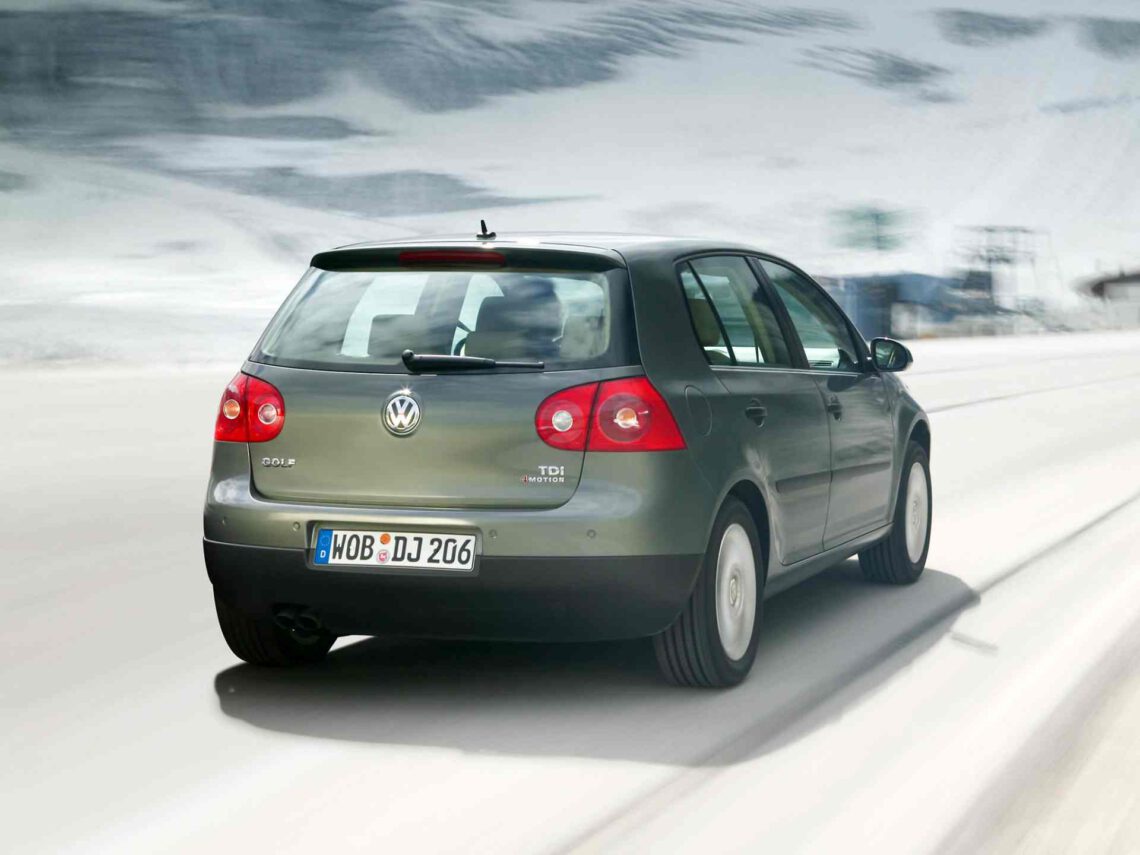
Golf VI: World Car of the Year (2009-2012)
With the arrival of the sixth-generation Golf, Volkswagen continued its commitment to modernization, refining the design and further integrating advanced technology. The exterior received sharper lines and a more streamlined profile, while the interior was upgraded to a higher level of comfort and luxury with high-quality materials and an advanced infotainment system. This was awarded the title “World Car of the Year” in 2009. The roof went off at Volkswagen. Literally. After a ten-year absence, the Golf Cabriolet made its triumphant comeback. Then, in 2012, the very first GTI without a fixed roof was introduced. A total of 3.6 million units of the Golf VI were built.
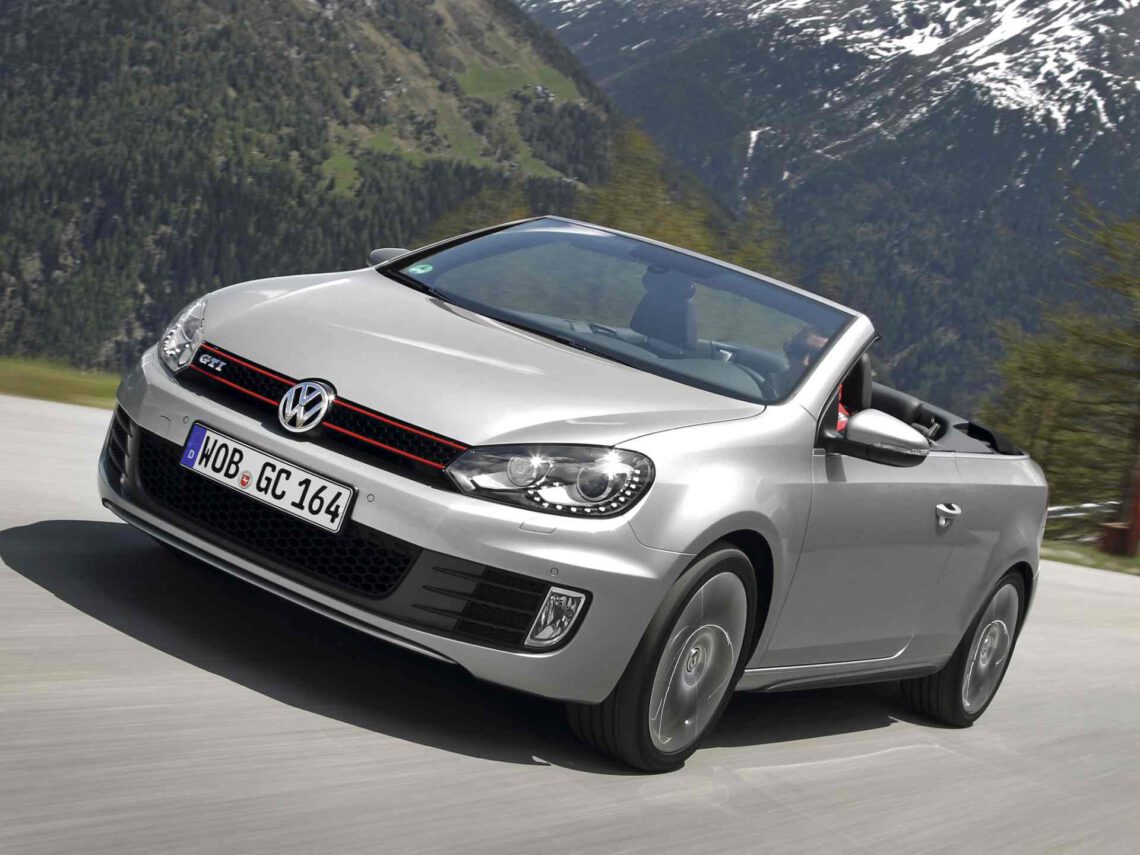
Golf VII: first electrification (2012-2019)
The Golf VII showed that the evolution of the Golf was far from over. With a future-oriented design and the introduction of an electric model such as the e-Golf and the hybrid GTE, the Golf VII proved that the German hatchback could keep up with the times just fine. A start/stop system was installed as standard on regular gasoline and diesel models, emphasizing the brand’s commitment to efficiency. The focus on fuel efficiency did not detract from performance. Thus, the fuel-efficient Golf GTE was faster away from the stoplight than the original GTI, with a 0-100 time of 7.6 seconds. The Golf VII was an outright success: as many as 6.3 million units were sold.
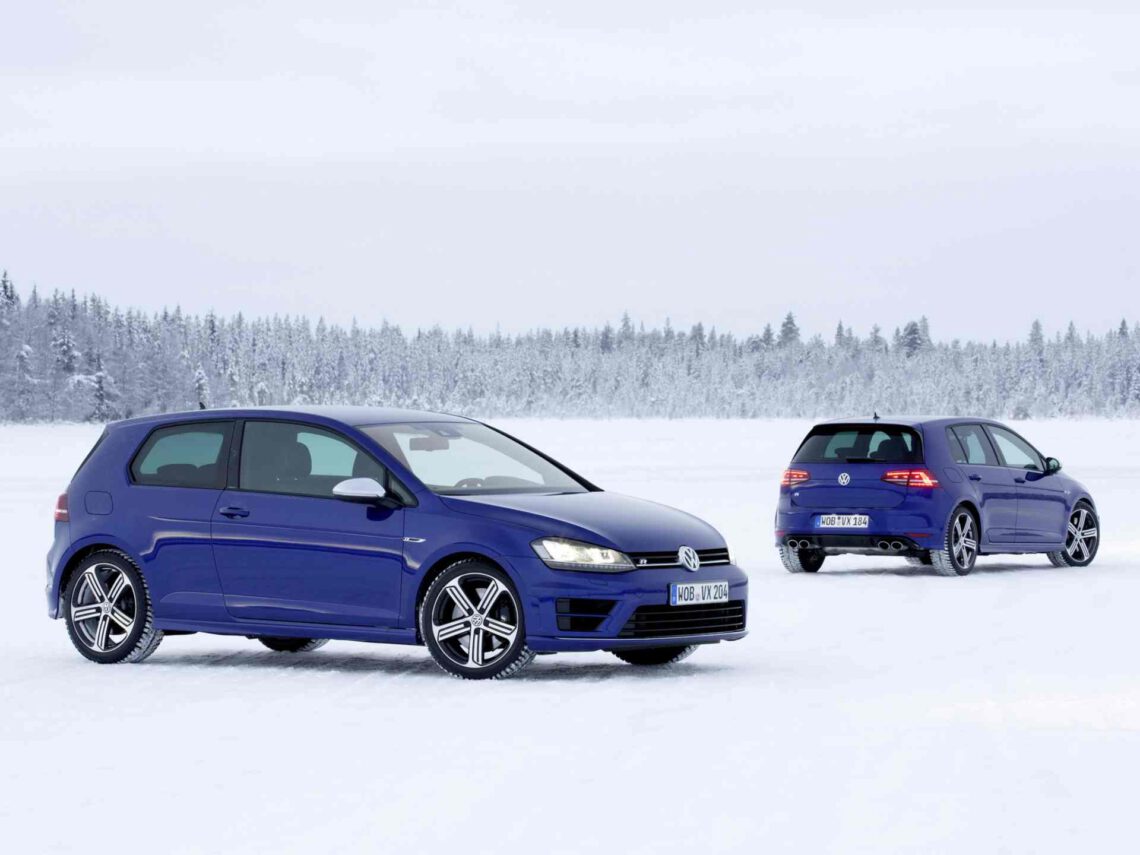
Golf VIII: the last traditional Golf (2019 – present)
The eighth-generation Golf – on the market since 2019 – was somewhat snowed under by the launch of Volkswagen’s all-electric ID series – and the soon-to-be-forgotten global epidemic. Moreover, the brand stuffed the car with technological gadgets, which not every user could handle. Fortunately, Volkswagen has listened to its customers’ feedback and is now coming out with an improved Golf 8, which will hit the market in mid-2024. The model puts right, what needs to be put right: the infotainment system now has significantly more computing power, and on the steering wheel are now physical control buttons again. The so-called “sliders” under the infotainment system are also illuminated, so now you can operate them easily in the dark. Through ChatGTP, you can control various things in the interior. A state-of-the-art system, but easy to operate with your voice.

On the outside, you will recognize the updated Golf by a sharper nose, new light units and an optional illuminated Volkswagen logo. GTE GTI or R models are completely easy to spot, as they have a type badge on their front doors. GTE drivers can put off a visit to a gas station even more often, because thanks to an all-electric range of 100 kilometers, practically all commuting trips are possible without consuming a drop of fuel.
Golf 8 R
Of course, the Golf R is also back on the scene. In Austria, the model still appears slightly camouflaged, but we get the chance to see it in action for the first time in front of the general public. On the Austrian ice rink, the absolute top model glides by in a controlled manner, resting on four black rims with distinctive blue calipers behind them. From the four hefty exhaust pipes comes a deep rumble. The exact power at work here is not yet known. In the outgoing model, the 2.0-liter TSI provides 320 to 333 horsepower. The updated R model will undoubtedly receive a pleasant hp upgrade.
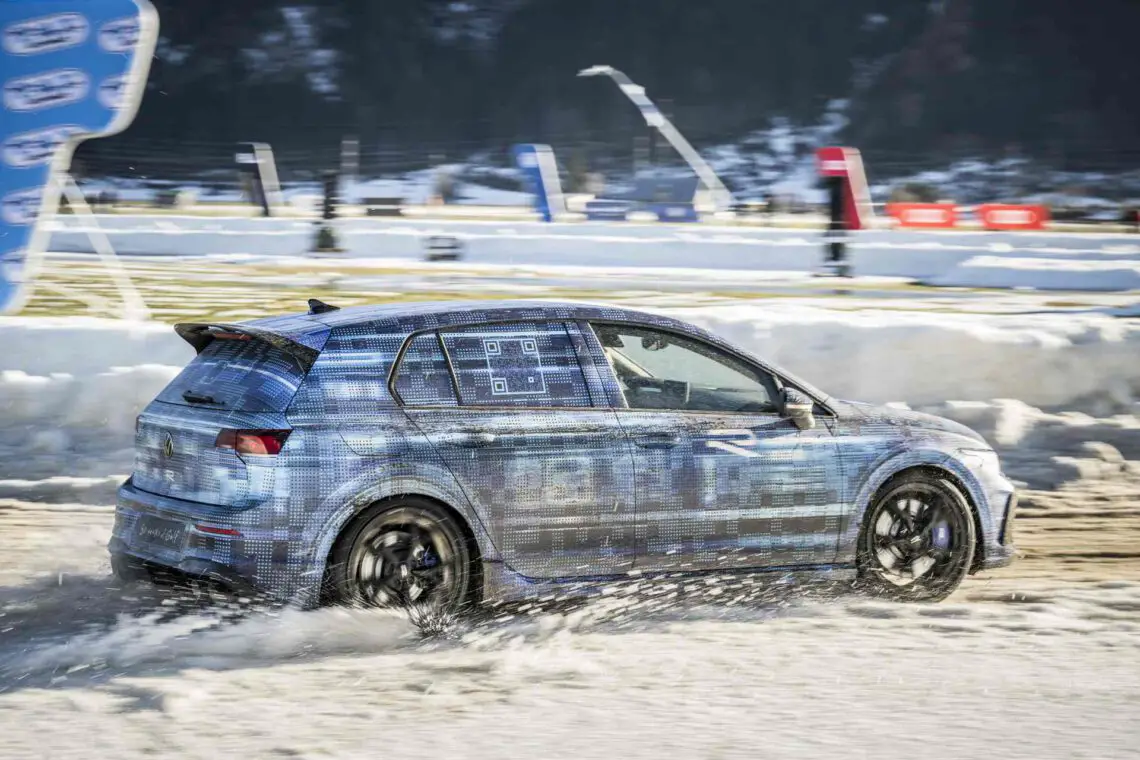
Golf IX: the first electric Golf (2028)
We wrote it above: with the meteoric rise of electric cars, the eighth-generation Golf may not get the love it deserves. EVs such as the ID.3, ID.4, ID.5, ID.7 and ID.Buzz are currently stealing the show at the German manufacturer. But the lack of attention is not the Gulf’s biggest concern. Only fully electric cars may be sold in Europe starting in 2035. In the Netherlands, you are already required to plug in starting in 2030.
So will Volkswagen say goodbye to the iconic model? No, absolutely not. During our visit to the Golf’s birthday party, Volkswagen CEO Thomas Schäfer reveals that the ninth-generation Golf will be all-electric. He does not reveal much information yet, but the future Golf will not be on the current EIA platform, but on the SSP platform. Supporting 800-volt technology, the electric Golf promises a lightning-fast charging experience. An impressive charge boost from 10 to 80 percent would take only 12 minutes. And so the Golf once again adapts to the changing demands of the automotive market, as it has done successfully for fifty years. Golf, alles Gute zum Geburtstag!

